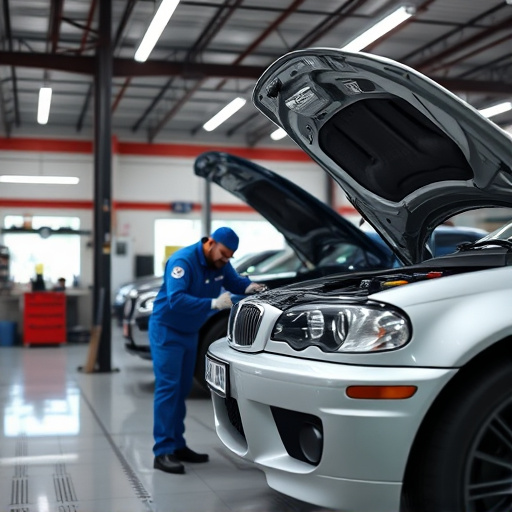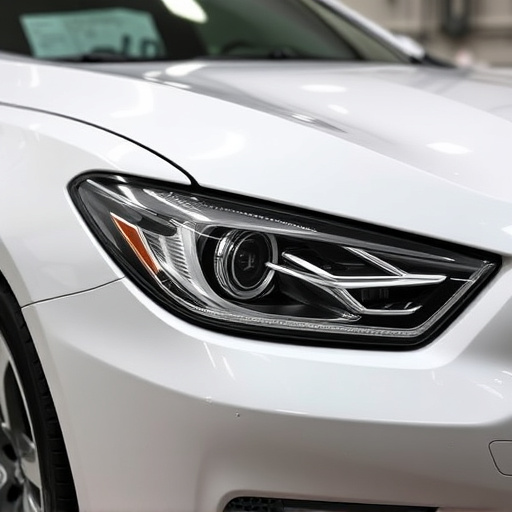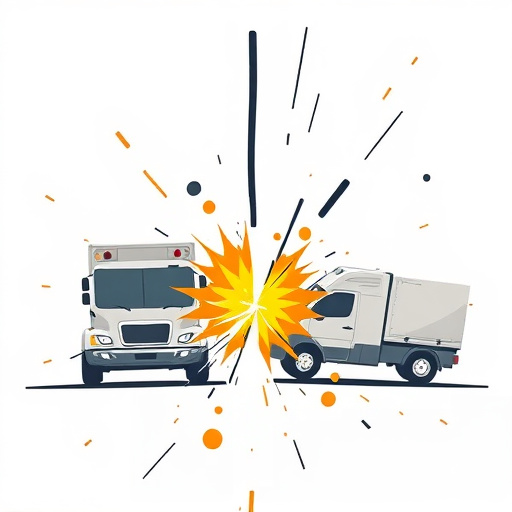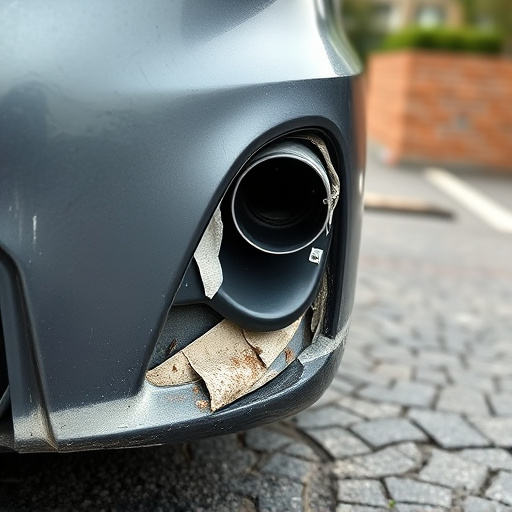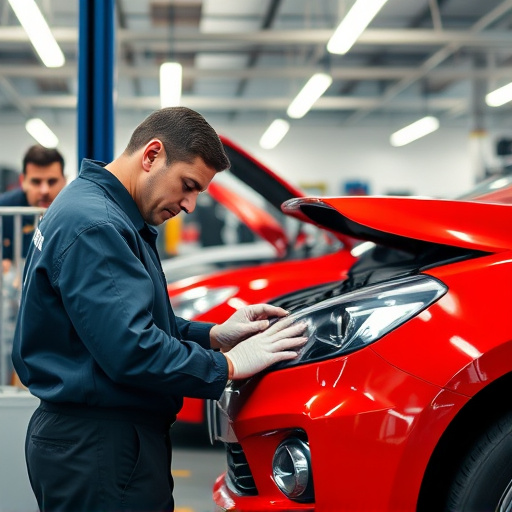Tesla paint thickness measurement requires advanced tools like magnetic or eddy current meters to ensure compliance with manufacturer standards without damaging surfaces. These non-invasive techniques identify rust or previous repairs, maintaining aesthetic appeal and structural integrity for both car repair services and vehicle body restoration. Magnetic and Eddy Current meters accurately gauge metal properties, making them indispensable in collision and auto repair shops for Tesla vehicles, including paintless dent repair. This method preserves the original specifications and value of Teslas through precise and reliable results.
“Tesla vehicles, renowned for their innovative technology, present unique challenges when it comes to Tesla paint thickness measurement. This article explores an advanced approach using magnetic or eddy current meters, offering precise and non-destructive methods to gauge coat thickness.
We delve into the science behind these techniques, highlighting their advantages in maintaining the integrity of Tesla’s sleek designs. From quality control to repair and restoration, these measurement tools are revolutionizing how we interact with electric vehicle aesthetics.”
- Understanding Tesla Paint Thickness Measurement
- How Magnetic and Eddy Current Meters Work for This Purpose
- Advantages and Applications of These Measurement Techniques in Tesla Vehicles
Understanding Tesla Paint Thickness Measurement

Tesla paint thickness measurement is a critical process for maintaining and restoring the integrity of vehicle bodywork. It involves using specialized tools like magnetic or eddy current meters to gauge the depth of the paint layer, ensuring it meets the manufacturer’s standards. These advanced meters non-invasively measure the paint’s magnetic properties or eddy currents, providing accurate data on the thickness without damaging the surface.
This precise technique is essential for car repair services and vehicle body repair, helping to identify potential issues like rust or previous repairs beneath the paint. By accurately measuring Tesla paint thickness, professionals can ensure that any restoration work aligns with the original specifications, enhancing both the aesthetic appeal and structural integrity of the vehicle’s bodywork.
How Magnetic and Eddy Current Meters Work for This Purpose
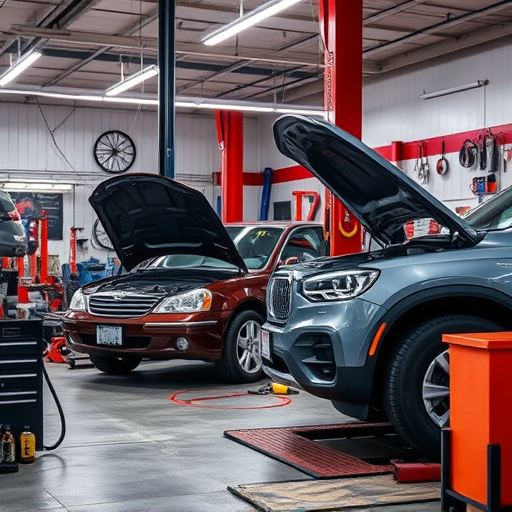
Magnetic and Eddy Current meters are non-destructive testing tools that excel in Tesla paint thickness measurement due to their ability to accurately gauge material properties without causing any damage. These meters operate on different principles but both rely on the interaction between a magnetic field or eddy currents and the metal surface.
In the case of magnetic meters, a magnetic field is generated and when this field interacts with the metal, it creates fluctuations known as eddy currents. These currents induce a magnetic field of their own which can be measured to determine the thickness of the paint layer. Eddy Current meters, on the other hand, use oscillating electromagnetic waves that generate eddy currents in the material. The resistance encountered by these currents is proportional to the metal’s thickness, allowing for precise measurements. This non-invasive approach makes them invaluable tools in collision repair and auto repair shops, even for tasks like paintless dent repair, ensuring minimal disruption to the Tesla’s finish while offering accurate and reliable results.
Advantages and Applications of These Measurement Techniques in Tesla Vehicles
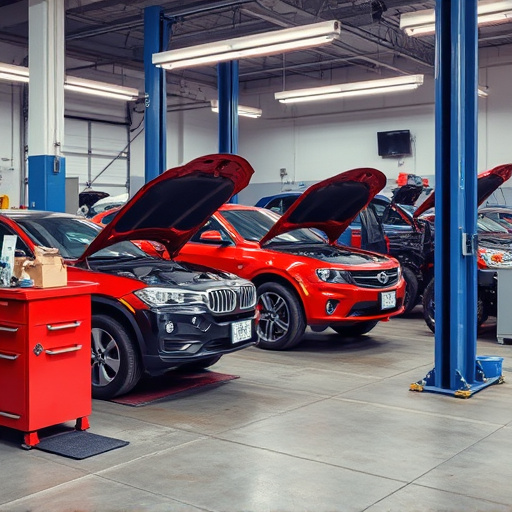
The use of magnetic or eddy current meters for Tesla paint thickness measurement offers several advantages over traditional methods in the automotive industry. These advanced techniques are particularly beneficial for Tesla vehicles due to their unique construction and materials. First, they provide non-destructive testing, ensuring that the vehicle’s surface remains intact during inspection. This is crucial for preserving the aesthetic appeal and structural integrity of Tesla’s sophisticated designs. Unlike invasive methods that may cause damage, especially on electric vehicles with sensitive components beneath the paint, these meters offer a safe and efficient way to measure paint thickness without disrupting the overall design or performance.
In terms of applications, these measurement techniques are ideal for quality control during manufacturing, ensuring consistent paint jobs across Tesla’s fleet. Body shops specializing in car body repair and auto glass replacement can also benefit from this technology, especially when dealing with intricate designs and specialized materials used in Tesla vehicles. With precise paint thickness measurements, technicians can accurately assess damage, perform repairs, or conduct restoration work, maintaining the vehicle’s original specifications and value.
Tesla paint thickness measurement using magnetic or eddy current meters has emerged as a game-changer in ensuring high-quality finishes on Tesla vehicles. By employing these advanced techniques, manufacturers can accurately gauge paint layers, promoting consistency and durability. This non-destructive approach is particularly valuable for quality control, allowing for efficient inspections and ensuring customer satisfaction. In the world of Tesla vehicle production, these measurement methods play a crucial role in maintaining the brand’s reputation for innovation and precision engineering.
